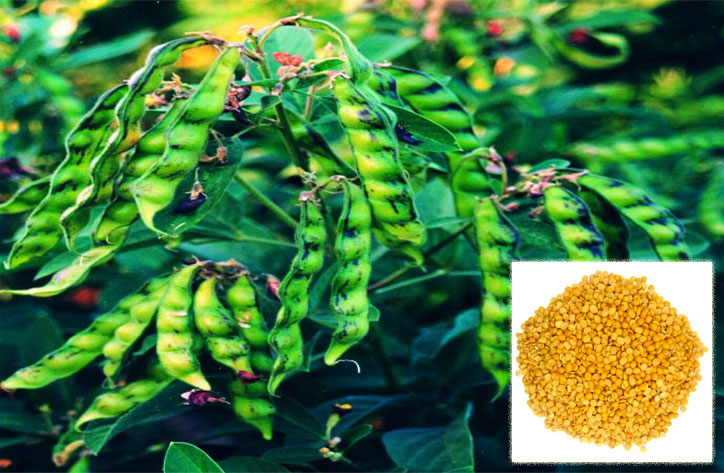 New Delhi:
New Delhi: The commercial release of extra-early-maturing and high-yielding seeds of Pusa Arhar 16 variety that will help achieve self-sufficiency in pulses has been delayed by at least one year after the field trials undertaken at different places threw up inconsistent results.
Scientists at the Indian Agricultural Research Institute (IARI), who have developed this new variety of dwarf pigeon-pea, have decided to carry out another set of trials in this year's kharif (April-October) season.
As a result, seeds of the new variety of arhar, also known as tur, would not be made available for sowing before the kharif 2018 season.
"We received expected results in the field trial in Delhi (Pusa Institute) but there was inconsistency in the output at other places where similar trials were carried out. So we have decided to conduct another round of trials this year," IARI Director Jeet Singh Sandhu told IANS.
The field trials are conducted at various locations across the country including Ludhiana (Punjab), Hisar (Haryana) and Kota (Rajasthan).
India is the biggest producer as well as the largest consumer and importer of pulses.
According to the IARI, the new variety matures in just 120 days against the 160-270 days of the traditional ones. Also, it yields two tonnes per hectare when the average yield of the traditional varieties is around 750 kg (0.75 tonne) per hectare.
Also, this variety requires less water and it is suitable for mechanised harvesting with no loss of yield.
Thus, the Pusa Arhar 16 is seen as an answer to the country's woes when it comes to pulses.
According to the government data, around 5.88 million tonnes of pulses were imported in 2015-16 after the annual production slumped to 16.35 million tonnes.
Arhar is among the most widely-consumed pulses in India and its price had shot up to as much as Rs 200 per kg last year owing to the lower production.
The Agriculture Ministry estimates the production of pulses during the 2016-17 agricultural year (July-June) at 22.14 million tonnes.
Once the IARI green-signals Pusa 16 Arhar variety for its release, it may take one to three years before the seed companies introduce it in the market. However, farmers can use it and produce new seeds well before commercial sales begin.
Meanwhile, the IARI has decided to promote another variety of arhar, PAU 881, which yields 1.3 tonnes per hectare, until the Pusa Arhar 16 variety hits the market.
"PAU 881 has already been released and farmers in Punjab are using it. We are going to promote it among farmers across the country until the Pusa 16 variety is released," Sandhu said.
According to government data, the frontline demonstrations -- direct interface between researchers and farmers -- on pulses have recorded a productivity gap of 15 per cent due to non-adoption of improved variety of pulses and up to 34 per cent due to non-adoption of the whole package of technology.
 New Delhi: The commercial release of extra-early-maturing and high-yielding seeds of Pusa Arhar 16 variety that will help achieve self-sufficiency in pulses has been delayed by at least one year after the field trials undertaken at different places threw up inconsistent results.
New Delhi: The commercial release of extra-early-maturing and high-yielding seeds of Pusa Arhar 16 variety that will help achieve self-sufficiency in pulses has been delayed by at least one year after the field trials undertaken at different places threw up inconsistent results.